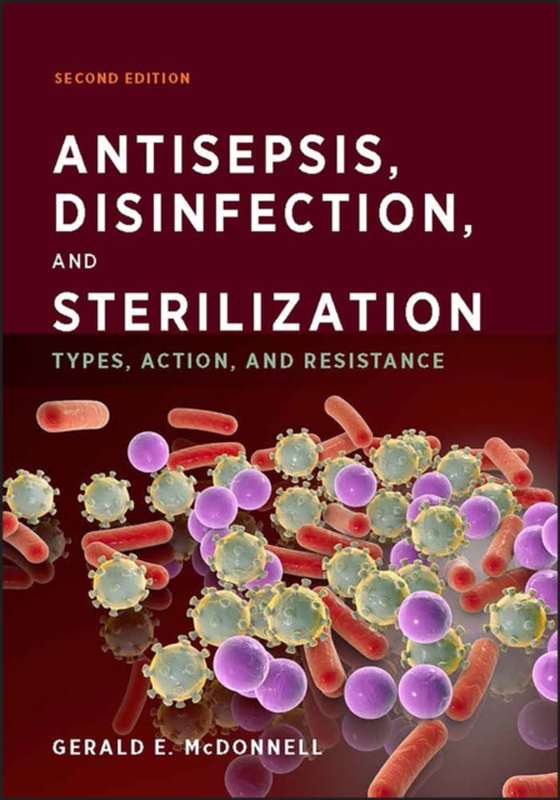
Antisepsis, Disinfection, and Sterilization e-bog
1167,65 DKK
(inkl. moms 1459,56 DKK)
Antisepsis, Disinfection, and Sterilization: Types, Action, and Resistance, by Gerald E. McDonnell, is a detailed and accessible presentation of the current methods of microbial control. Each major category, such as physical disinfection methods, is given a chapter, in which theory, spectrum of activity, advantages, disadvantages, and modes of action of the methods are thoroughly and clearly pr...
E-bog
1167,65 DKK
Forlag
ASM Press
Udgivet
2 oktober 2017
Genrer
Clinical and internal medicine
Sprog
English
Format
epub
Beskyttelse
LCP
ISBN
9781683673071
Antisepsis, Disinfection, and Sterilization: Types, Action, and Resistance, by Gerald E. McDonnell, is a detailed and accessible presentation of the current methods of microbial control. Each major category, such as physical disinfection methods, is given a chapter, in which theory, spectrum of activity, advantages, disadvantages, and modes of action of the methods are thoroughly and clearly presented. Sufficient background on the life cycles and general anatomy of microorganisms is provided so that the reader who is new to microbiology will better appreciate how physical and chemical biocides work their magic on microbes. Other topics in the book include: Evaluating the efficacy of chemical antiseptics and disinfectants, and of physical methods of microbial control and sterilization. Understanding how to choose the proper biocidal product and process for specific applications. Classic physical and chemical disinfection methods, such as heat, cold, non-ionizing radiation, acids, oxidizing agents, and metals. Newer chemical disinfectants, including, isothiazolones, micro-and nano-particles, and bacteriophages as control agents. Antisepsis of skin and wounds and the biocides that can be used as antiseptics. Classic methods of physical sterilization, such as, moist heat and dry heat sterilization, ionizing radiation, and filtration, along with newer methods, including, the use of plasma or pulsed light. Chemical sterilization methods that use ethylene oxide, formaldehyde, or a variety of other oxidizing agents. A detailed look at the modes of action of biocides in controlling microbial growth and disrupting microbial physiology. Mechanisms that microorganisms use to resist the effects of biocides. The second edition of Antisepsis, Disinfection, and Sterilization: Types, Action, and Resistance is well suited as a textbook and is outstanding as a reference book for facilities managers and application engineers in manufacturing plants, hospitals, and food production facilities. It is also essential for public health officials, healthcare professionals, and infection control practitioners.
 Dansk
Dansk

